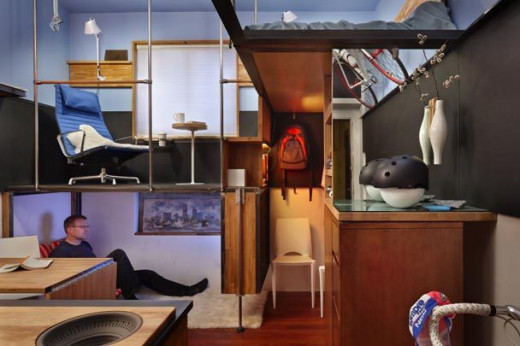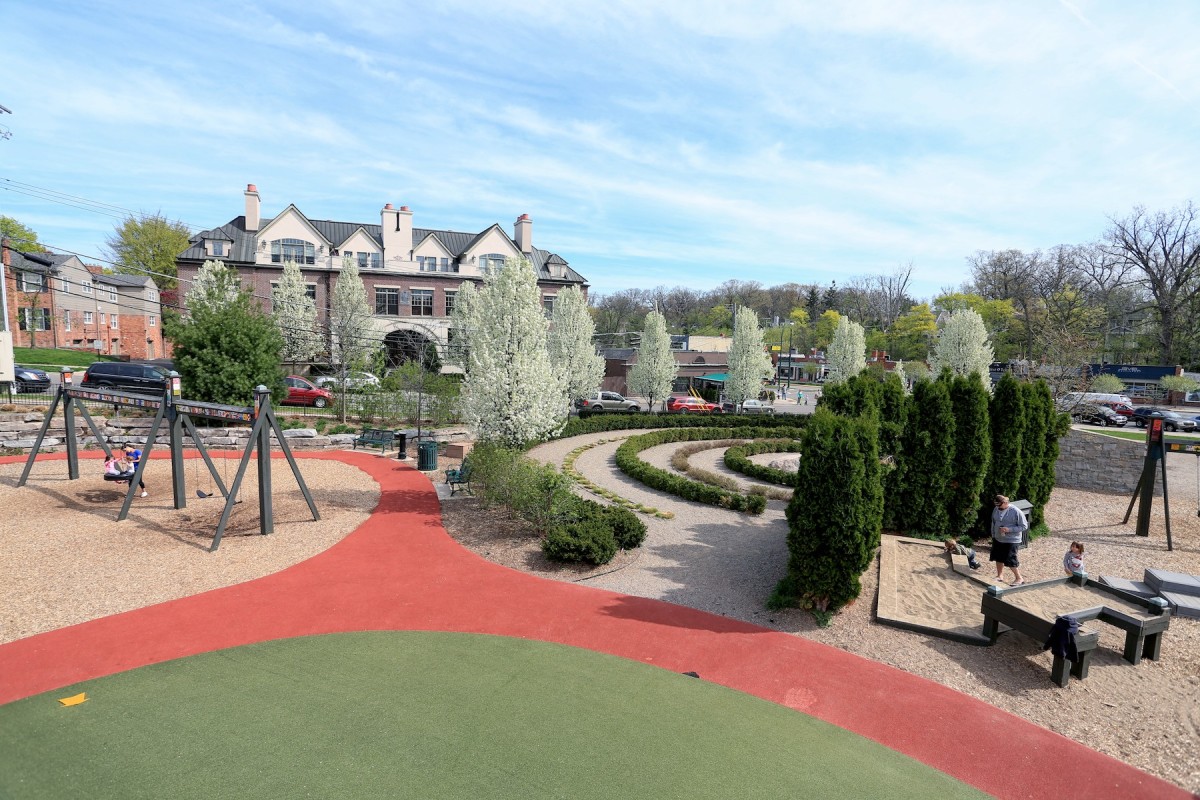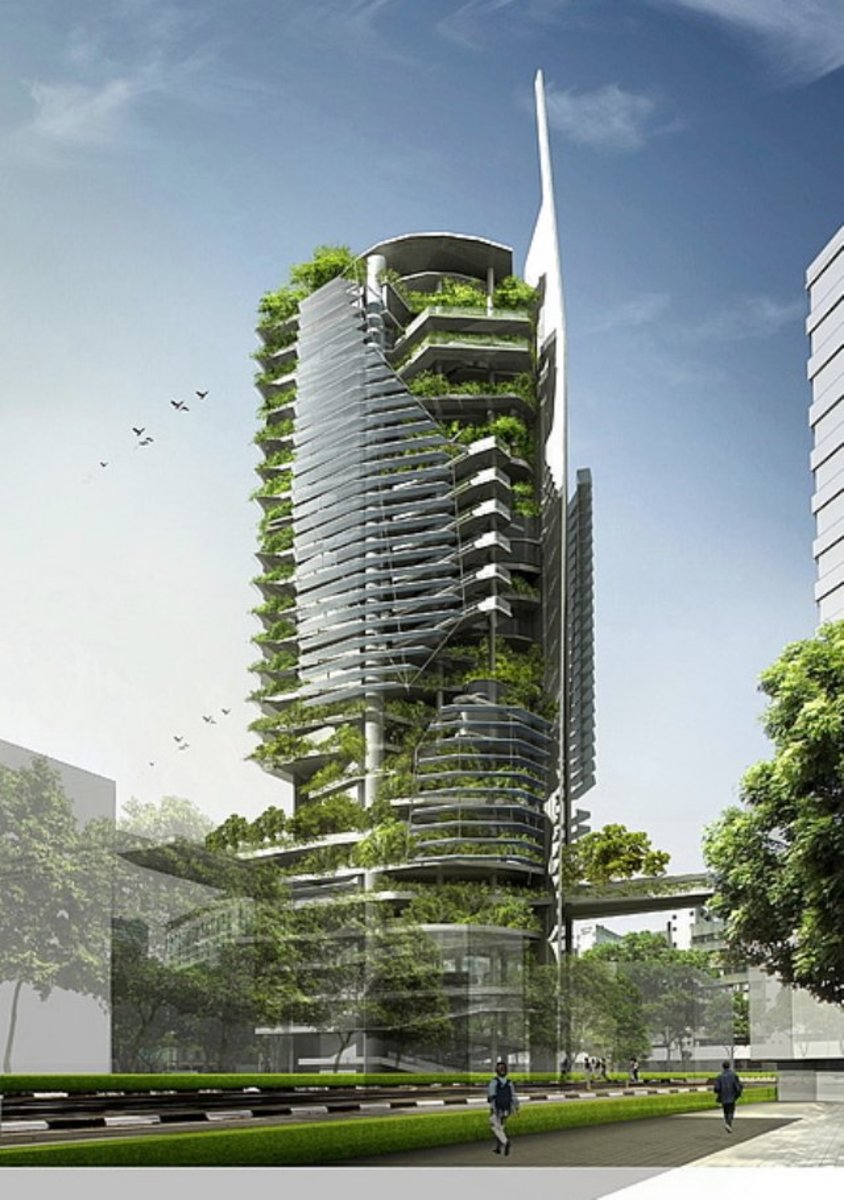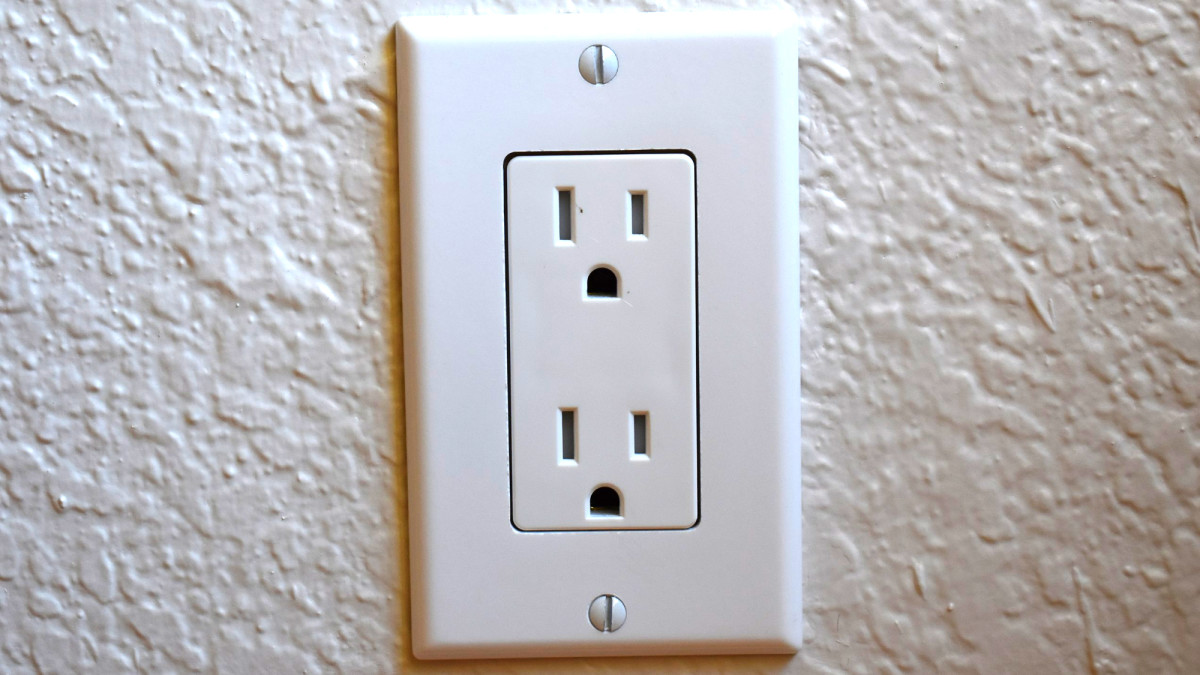Micro-Apartments and Sustainable Building Design

Micro-apartments are nothing new in sustainable building design. These small living quarters have long been in use in world cities with space shortages, like Tokyo. Yet they have never caught on in America for a few reasons. First, the U.S. has plenty of space and the simple thing to do has always been to expand. Then, larger families required more—not less—space. What may be most revealing is that sustainable urban planning has never been a priority.
But things have changed drastically.
Today most people in the world live in cities, with the projection being 70 percent by 2050. The U.S. now gains 100 million people every 50 years, packing into cities where urban sprawl is becoming a serious issue. Further, families are much smaller, including the fact that one- and two-person homes now constitute a large percentage of city dwellers.
So the “plenty” of U.S. space no longer exists where most folk live and family size has shrunk. Guess what we’re now forced to do? That’s right—think sustainable.
What Are Micro-Apartments?
Micro-apartments, or micro-units, are apartments with a footprint of about 350 square feet or less—somewhere close to the size of a parking space. In Japan’s densely populated cities efficiency apartments have become common for people, often younger with modest budgets and that do not wish to leave the urban center. Designers came up with well-thought out ways to include needed functions without sacrificing quality living.
Micro-housing is a highly sustainable aspect of urban design, as it contributes to compact cities that require less infrastructure costs, resources, and environmental impact.
Japan is not the only place around the world to implement small-scale sustainable houses. Other fine examples are Paris and Barcelona. The trend has been on the American scene for a short time and is gaining momentum. Chicago and San Jose, for instance, are two cities that have nicely included micro-units in their quest for urban sustainability. New York and San Francisco are now becoming ground-zero locations on the issue.
Would you live in a micro-apartment?
Micro-Units in San Francisco and New York
In two of America’s greenest cities, New York and San Francisco, it is ironic that micro-housing enters with a splash. San Francisco is experiencing an influx of young, high-earning technology workers that need to be closer to their companies, which are opting for the urban core as opposed to Silicon Valley. Rent rates have skyrocketed, with average studio apartment rates standing at $2,126.
The city is scheduled to vote on legislation to change its building code to lower the minimum size for apartments and so allow for micro-housing—as small as 220 square feet. Opponents have taken to calling the proposed housing “Twitter apartments.”
In New York things are similar but more complicated. The city doesn’t have enough studios and one-bedroom apartments for the 1.8 million one- and two-person households in the city—along with the projected 900,000 coming. So Mayor Bloomberg and the City created adAPT NYC, an urban planning competition for designers to come up with a micro-apartment proposal for an existing residential tower. Two-thirds of the tower will be micro-units (about 80 apartments) between 250 and 350 square feet. AdAPT NYC is only the first of a three-part housing endeavor to address New York City’s unique housing problems.
How to Live in a Micro-Unit
Concerns with Micro-Housing
Micro-apartments pass the test of sustainability, but some frown on them in other ways.
Some say micro-housing is laudable but only as integrated into a building with a variety of units, not as a building type. Others see micro-housing as undermining zone regulations that protect the public. This could only occur if safety requirement are being relaxed, which isn’t happening.
The real concern is whether the units will be affordable. If only the young, tech-savvy, and fairly well-to-do are claiming these dwellings, a social sustainability issue lingers as low-income residents are only squeezed between a flourishing city core and wealthy suburbs. The adAPT NYC project affords 20 percent of its micro-unit project to low-income residents.
Micro-apartments are an excellent sustainable building plan that revitalizes urban cores and meets the needs of hardworking individuals and overcrowding cities.








